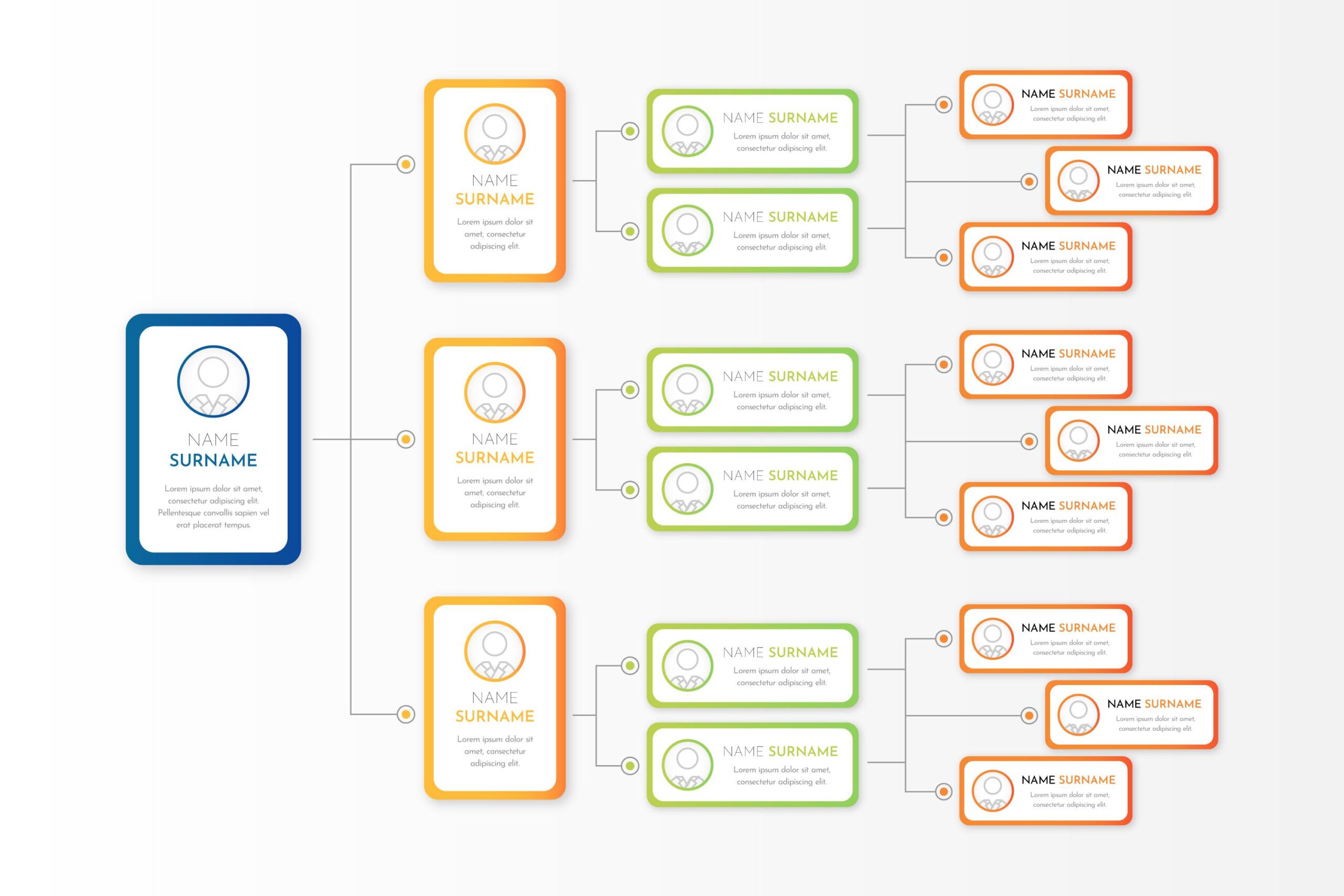
Mastering Software Company Management: Strategies for Success
If you are an entrepreneur or a manager, then you know how hard it is to master software company management. You need to find people who have the right skills, work ethic, and personality to make your project succeed. But what if there aren’t enough developers in your area? Are there any other options? Yes! Outsourcing might be one of them.
Let’s review a series of steps that help us at Huenei to succeed in managing our business units.
Step 1: Understand the business goals and make sure that your team is aligned.
The most important thing you can do to plan your software company management is to understand the business goals and ensure that your team is aligned.
A key question is: What do you want your software team to accomplish? For example, if one project has a stated goal of improving sales by 10%, another might aim to increase revenue by 20%. This helps keep things focused on their objectives while still being able to follow up with wider issues concerning overall progress toward achieving those goals
Step 2: Choose the right structure for your company.
You should choose a team structure that is aligned with your business goals. For example, if your company is focused on developing new products and services, it makes sense to have a small team of developers working directly with the product manager.
On the other hand, if you want to scale up quickly and integrate with existing systems in fast-moving industries such as retail or banking where there are many moving parts (like web sites), then having more people involved in development will help ensure success faster than having just one person responsible for everything.

Step 3: Address team communication, feedback, and review processes.
The team structure you choose will be the foundation for your organization’s communication, feedback, and review processes. A good way to think about this is: if three different employees need to communicate with each other at any given time, how do they do it? Do they email? Do they call? Do they meet in person? If one of them is on vacation or not available at that moment, how does that employee know what’s going on in the other two’s work areas anyway?
The answer is clear: communication is key!
Step 4: Ensure regular outreach to stakeholders.
Stakeholders are the people who will use your software. They may include employees, customers, and partners. To ensure that stakeholders are involved throughout the development process, you should have a plan for engaging them.
Define your goals and objectives with stakeholders early on in the project lifecycle. This can help ensure everyone’s expectations are aligned.
Step 5: Formalize your Teams Charter – Checklist!
We offer you this resource that can be very useful to formalize your team’s charter. It is a checklist that we use in Huenei in this type of situation and that guides our decision-making:
- Define the scope of the project.
- Define your goals and objectives for this project.
- Define roles and responsibilities for each member of your team.
- Define timelines for milestones and deliverables.
- Identify key stakeholders and their expectations.
- Define communication protocols and channels for team members and stakeholders.
- Establish a system for tracking progress and measuring success.
- Identify potential risks and mitigation strategies.
- Define a process for addressing and resolving conflicts.
- Identify resources needed for the project and establish a plan for acquiring them.
- Establish a process for regularly reviewing and updating the team charter to ensure alignment with project goals and objectives.
- Identify and assign a designated project leader or manager.

Bonus: Need more help but can’t hire new employees?
If you can’t increase your headcount, outsourcing is the best alternative. Outsourcing can be a great way to save money and time while still providing the same level of service as if you were doing it in-house.
However, before jumping into an outsourcing relationship with a new company, you must do some research and find out what kind of experience they have in this industry. You should look for a company that has experience in the same industry as yours or one that specializes in certain aspects of software development such as data science or DevOps. At Huenei we have extensive experience working on this type of project from our Agile Dedicated Teams, Application Management Outsourcing, Turnkey Projects, and Augmented Teams services.
We hope that this article has given you some insight into how to structure your software company management process. We’ve discussed different approaches and outlined some key points, but ultimately it’s up to you as an organization whether or not these ideas are right for your needs. By following through with these tips and making changes as needed over time, we believe you’ll find a successful way forward in creating a great team that can execute its goals effectively!



